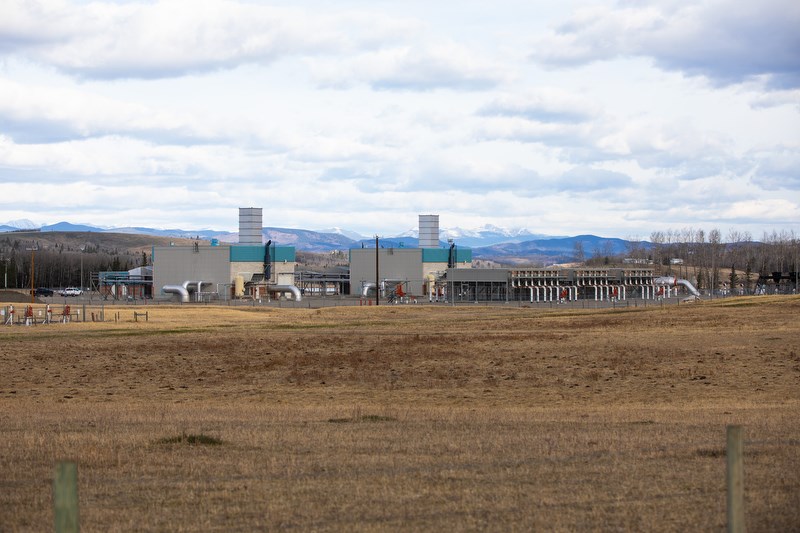Dozens of jobs are expected to open up in Turner Valley as work begins on adding to the town’s compressor station.
TransCanada received approval on April 11 from the National Energy Board to construct, own and operate the West Path Delivery Project - a 21km pipeline loop within Rocky View Country and unit additions both at the Turner Valley and Burton Creek compressor stations.
Brad Olson, project manager for MasTec Canada, said work will soon begin at the compressor station northwest of Turner Valley.
MasTec Canada is the prime contractor for the Turner Valley compressor station addition and will be responsible for hiring staff and overseeing construction, fabrication and installation activities at the site.
“April, May is when we’ll be starting the project and it will be running all the way to February, March of next year,” Olson said last week.
“We’ll have about 60 people throughout the project. It will peak close to 100 at the highest point of the project, but for the most part it will range from 40 to 60.”
Olson said there would be job opportunities for welders, pipe fitters, carpenters, ironworkers, equipment operators and labourers.
“We’re looking to get as many local people involved in the project as we can,” he said. “We will find out how many people we need and we will start placing ads in the town.”
Project plans at the compressor station include expanding to the north section of the existing facility to add a new compressor building with an additional capacity of 30 megawatts, Olson said.
Additional pipelines and electrical will tie into the existing facility to feed the new facility, he said.
The West Path Delivery Project will meet the growing need for increased pipeline transportation service on the NGTL System, supplying southwest Alberta and connecting downstream North American markets with natural gas produced in western Canada.
“TransCanada secured multiple contracts on the seller and buyer side,” said Olson. “We have too much gas for us to handle on our existing system. That’s why we need to add this new compressor site.”
Kaili Kasper, TransCanada Corporation’s public affairs advisor, said the new 21km pipeline near Cochrane will loop with the existing pipeline, and additions are needed at the compressor stations to meet the increased demand.
In the next few days, work will begin to mobilize the site and bring in equipment, and construction will begin next month, she said.
“We do not expect any significant level of noise - 40 decibels in evening and 50 during day,” she said, adding noise mitigations will be implemented. “With two weeks in September of continuous 24-hour shifts, we will work with administration to determine how we can work around the bylaw for those two weeks.
“We will make our best efforts to have quieter activities in the evening hours.”
In addition, 40 to 50 trees will be cleared along the fence line, she said.
Work crews will access the site using Township Road 20 to minimize impact to local traffic, said Kasper, adding the road will be maintained regularly as work progresses at the site.
TransCanada project manager Chris Phung said the unit expansion would be at the north end of the site to provide more capacity.
“We’ll be building a turbo compressor unit – gas engine driven compressor that pushes the gas through the system,” he said. “There will be four or five auxiliary buildings nearby to support the system in various ways electrically, mechanically, operationally.”
From September to March, mechanical work will continue and performance testing will take place, he said.
The anticipated in-service date for the compressor stations and the pipeline is June 2020, said Phung.
“We monitor the site remotely as well as have people on site,” he said. “We have systems that communicate to our headquarters in Calgary so that we’re able to monitor things like pressure, which valves are open, which valves are closed.”




